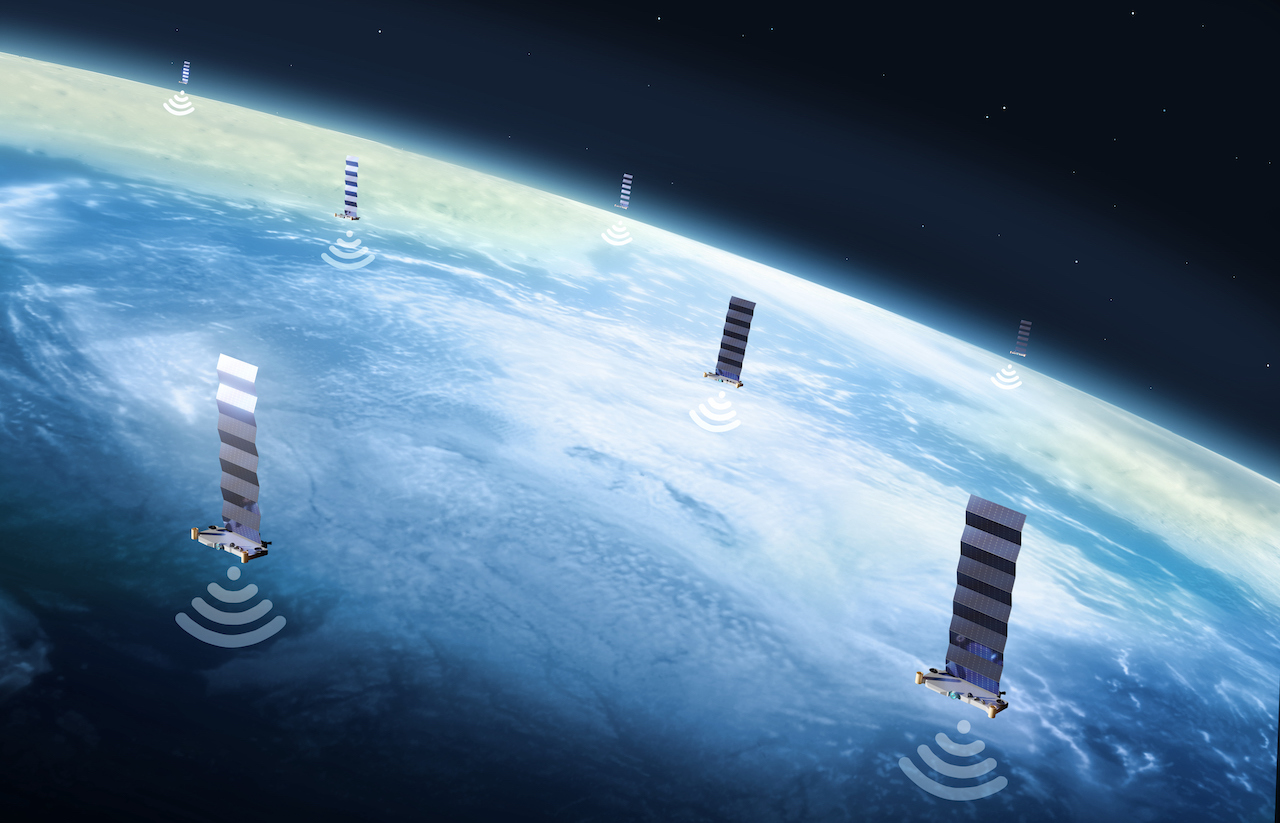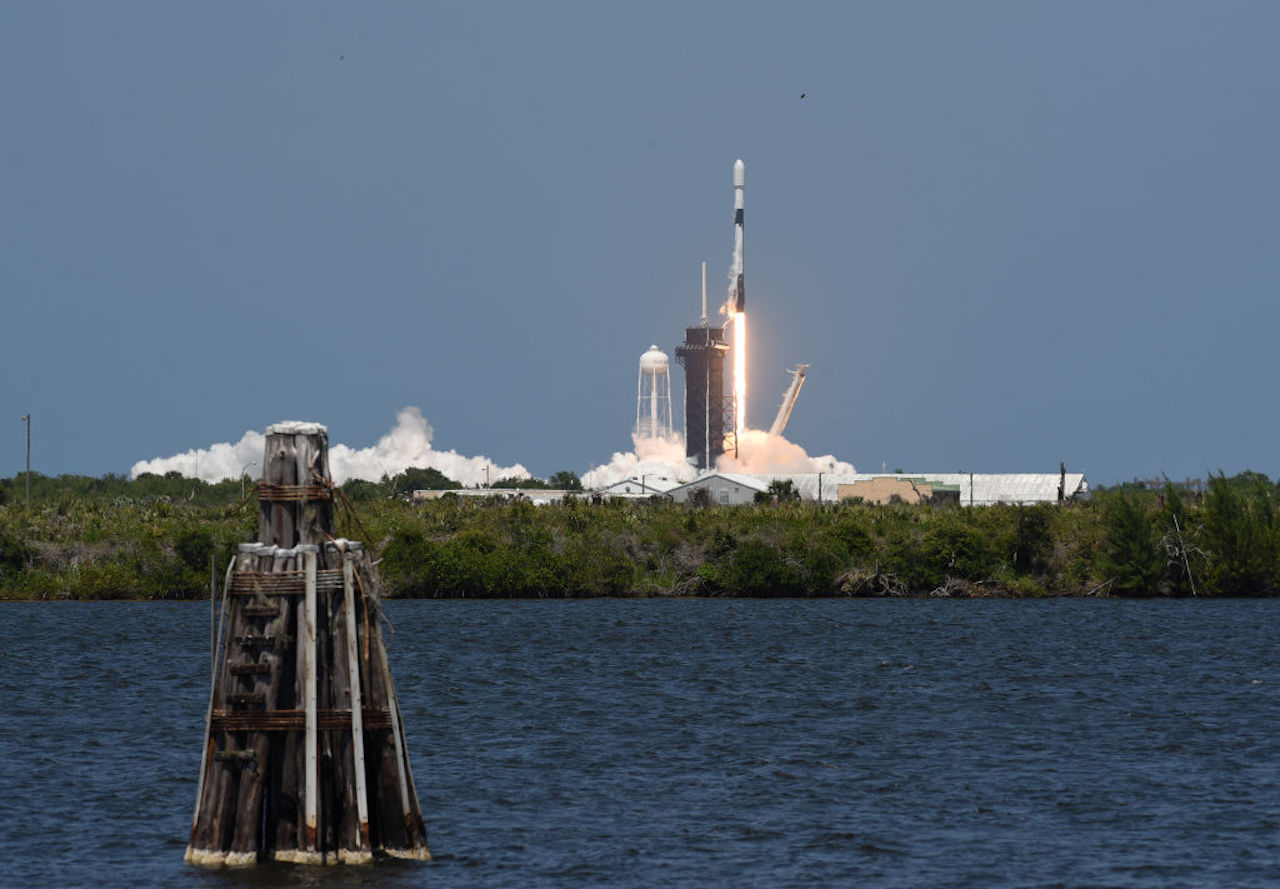Starlink: SpaceX's satellite internet system
Starlink is a space internet project run by aerospace company SpaceX

In 2019, SpaceX launched the first 60 satellites of Starlink. Since then, over 2,000 have reaches orbit, set to become part of a constellation of more than 12,000. Known as Starlink, the project aims to bring high-speed internet to every corner of the planet.
SpaceX founder and CEO Elon Musk announced the Starlink concept in Jan. 2015, explaining the company intended to launch only about 4,000 broadband satellites into low-Earth orbit to provide low-cost internet. For perspective, there were only about 2,000 operational satellites in orbit before Starlink, and humanity have launched only around 9,000 craft into space in all of history.
Currently, fast internet access is only available in places with fibre optic cables. In remote locations, communications satellites provide links to the internet, but the connections are notoriously slow.
Satellite positioning
These satellites sit in geostationary orbit, meaning they travel at the same speed as Earth's rotation and therefore remain positioned above the same point on the ground, according to the European Space Agency (ESA). This makes it easy for receiving satellite dishes to connect with them, but the downside is that transferring data in this way takes time.
SpaceX aims to change that by surrounding Earth with low-orbiting satellites, according to Starlink.com. Individually they won’t cover as much of Earth's surface, and they won’t be geostationary, so there will need to be thousands of them to ensure complete coverage of the globe. But, because they fly low, it will cut the time it takes for a signal to travel from the ground to space and back again.

Achieving this is no mean feat. The closer a satellite is to Earth, the more drag it will experience from the edges of the atmosphere. To get around this, SpaceX has designed the satellites to look like vertical shark–fins, according to their website, with a knife-like edge that cuts through the wind.
Each one weighs just 550 pounds (250 kilograms), and it works a bit like a router. Its job is simply to receive signals, work out where they're going, and pass them on. On the ground, users will have special dishes that lock on to whichever satellite is closest.
How does it work?
Starlink controversy
The project is not without controversy. Each satellite has a solar array that sticks out like a wing. At sunrise and sunset, it catches the light, making it glint like a shooting star. As the constellation moves overhead, it leaves streaks on telescope images, obscuring the stars and planets behind. Space X has been working with astronomers to minimize the impact by shading and tilting the satellites to reduce the light reflected back towards Earth, according to Space.com.
The high-profile project most likely to be affected is the Vera Rubin Observatory, scheduled to come online in October 2023 in the Chilean Andes, according to Space.com. This will be impacted by bright satellite trails because of its wide field of view and high sensitivity.
The satellites also pose a potential threat to other orbiting objects, Live Science previously reported. They are already responsible for over half of close encounters in Earth’s orbit, and that proportion is only set to rise, Live Science previously reported.
In December 2021, the Chinese government lodged a formal complaint with the United Nations after two near-misses with the China Space Station, Space.com reported. And, with at least 11 other companies already entering the satellite constellation race, space is likely to get more complicated and more crowded in years to come.
Additional resources
To learn more about the goals of Starlink internet, you can visit the satellite page at Starlink.com. Additionally, you can read more details about the Starlink internet speed and coverage at Tom's Guide.
Bibliography
- "Types of orbits". The European Space Agency (2020).
- "World's most advanced broadband internet system". Starlink (2022).
- "Astronomy discussion with National Academy of Sciences". SpaceX (2020).
Sign up for the Live Science daily newsletter now
Get the world’s most fascinating discoveries delivered straight to your inbox.
Laura Mears is a biologist who left the confines of the lab for the rigours of an office desk as a keen science writer and a full-time software engineer. Laura has previously written for the magazines How It Works and T3. Laura's main interests include science, technology and video games.











